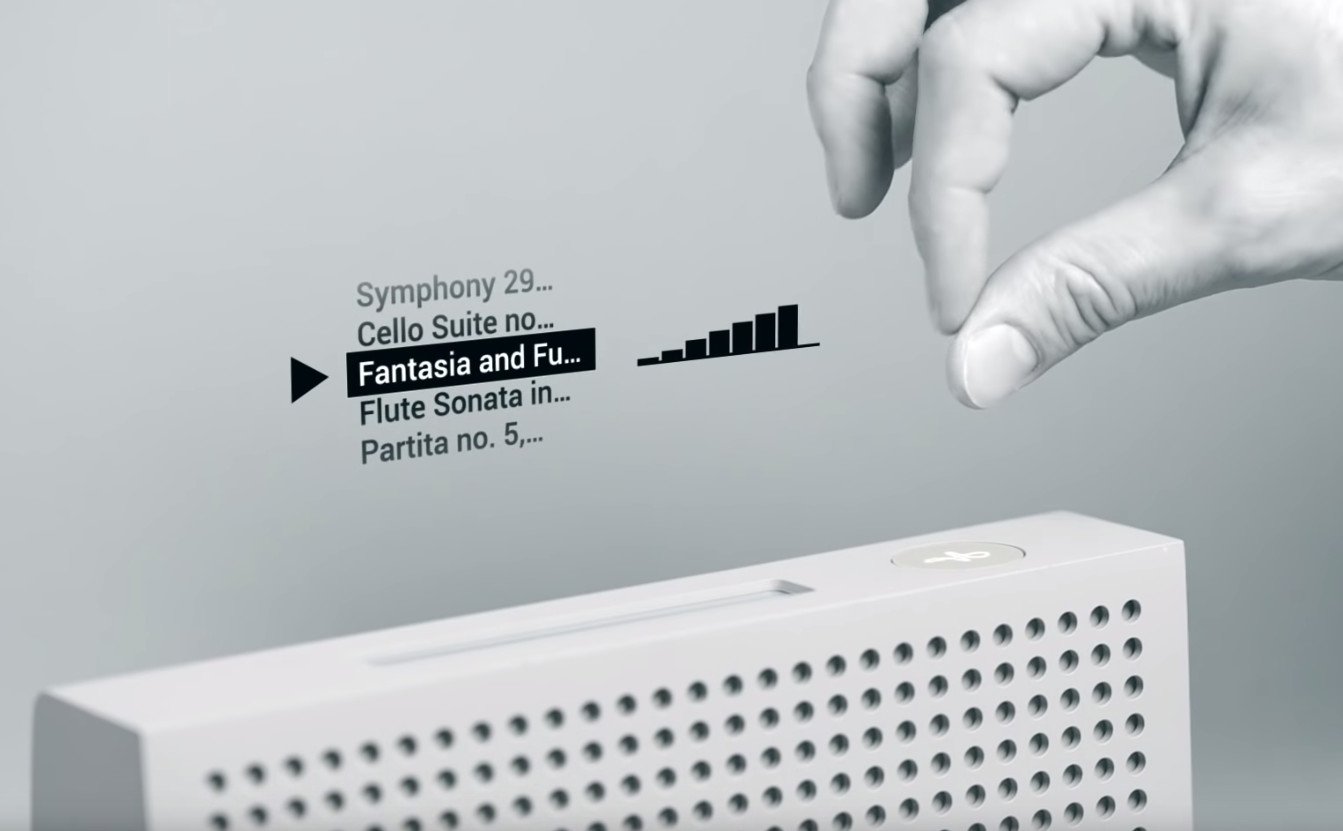Timeline: How Soli went from concept to Pixel 4

Excuse me while I watch this video for the fiftieth time and just weep in joy. As someone who often listens to music while doing sticky, messy tasks like gutting a pumpkin, today's Soli teaser for the upcoming Google Pixel 4 is nothing short of a dream come true. Make no mistake, the Soli sensor can seem like magic — and I truly hope it feels like magic instead of a gimmick — but this technological marvel took years of groundwork and innovation before finally making the jump to a consumer device.
Let's take a look back on how far Soli's come.
2015
Project Soli first turned heads at Google I/O 2015, where it showed off this tiny but mighty sensor and some tantalizing potential uses for Soli's low-power radar sensor system, using it to seek within a song, adjust volume, and so much more without having to touch a button or screen at all.
This ATAP project, headed by former Disney Imagineer Ivan Poupyrev, blew our minds with a sensor smaller than your pinky nail — 8mm by 10mm — that could be theoretically be used to revolutionize the way we interact with technology, especially in smaller devices like wearables, which ATAP built.
2016
2016 was a relatively quiet year as Soli continued to work towards building out a standard for a radar-based interface for electronic devices like smartwatches, phones, and other wearable devices. ATAP did make some concept watches with Soli sensors in them, and as you can see from the 2016 I/O demonstration above and a hands-on from The Verge, there were still kinks to work out, but the potential was there.
2017
ATAP continued to refine the Soli sensor and sent out developer kits.
2018
Google had to work with Facebook and the FCC to get a wavier for testing Soli at higher frequencies as it continued to refine and standardize performance. Facebook was experimenting with Short-Range Devices that were operating at the same frequencies, so they asked for certain conditions to be met to prove that Soli wouldn't interfere with its SRDs.
Be an expert in 5 minutes
Get the latest news from Android Central, your trusted companion in the world of Android
The two tech giants eventually reached a compromise, with Soli using slightly lower power levels than first requested, and the FCC granted Google the waiver on the last day of 2018.
2019

With the wavier granted, Google went full steam ahead with the Soli sensor, which we've been hearing whispers of for months and months, with things in the rumor-mill getting fire-hot earlier this summer when renders of the final phone started leaking out like a garden hose in the summer sun.
That brings us to today, with Google's official announcement that Soli would be powering the Pixel 4's new Motion Sense suite of features. It's been a long road, but now we're here, and in just a few short months, we'll be able to see if the wait was really worth it.
When that day comes, I'll be waiting, pumpkin in hand.
Ara Wagoner was a staff writer at Android Central. She themes phones and pokes YouTube Music with a stick. When she's not writing about cases, Chromebooks, or customization, she's wandering around Walt Disney World. If you see her without headphones, RUN. You can follow her on Twitter at @arawagco.



